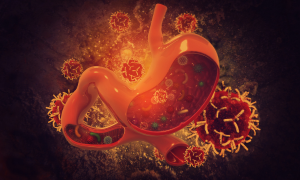Science blog

29/01/2021
Dr n. med. Grzegorz Mańko D.O.
The use of Tai chi as sensorimotor exercises
More and more often we are looking for methods of therapy that will quickly relieve pain, increase our efficiency and at the same time improve psychophysical comfort. This is the field of activity of Physiotherapy, Physical Training, Psychology and other disciplines widely related to patient treatment. Standard Physiotherapy in the traditional model does not necessarily face this task. The model, which is well known to us, widely promoted in health care units, increasingly imposes the implementation of various standards, and thus creates potential limitations. Therefore, we are constantly looking for new solutions that would allow the implementation of tasks related to the fund, and at the same time serve the patient with dignity, increasing his efficiency and quality of life. Activities that will be learned by the patient will also serve him in his everyday life. Currently, special methods of physiotherapy and sensorimotor exercises are often used in hospitals and rehabilitation centers.
Read more

19/01/2021
Prof. dr hab. med. Jan Bilski
Inflammatory bowel diseases and exercise
The term inflammatory bowel disease (IBD) describes a group of chronic disorders that include Crohn’s disease (CD) and ulcerative colitis (UC). The incidence and prevalence of IBD, especially CD, have increased significantly over the past 50 years in countries that have adopted a “westernised” lifestyle, characterised by altered eating habits and reduced physical activity. Despite the progress made in recent years, inflammatory bowel diseases’ aetiology is still not well understood. However, it is now believed that a combination of environmental factors, alterations in the gut microbiota, and a dysfunctional mucosal immune system in genetically susceptible individuals can lead to CD or UC. It seems that alterations in the composition and diversity of the intestinal microbiota, e.g. caused by a diet change, could be critical in IBD development.
Read more

